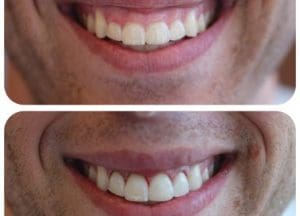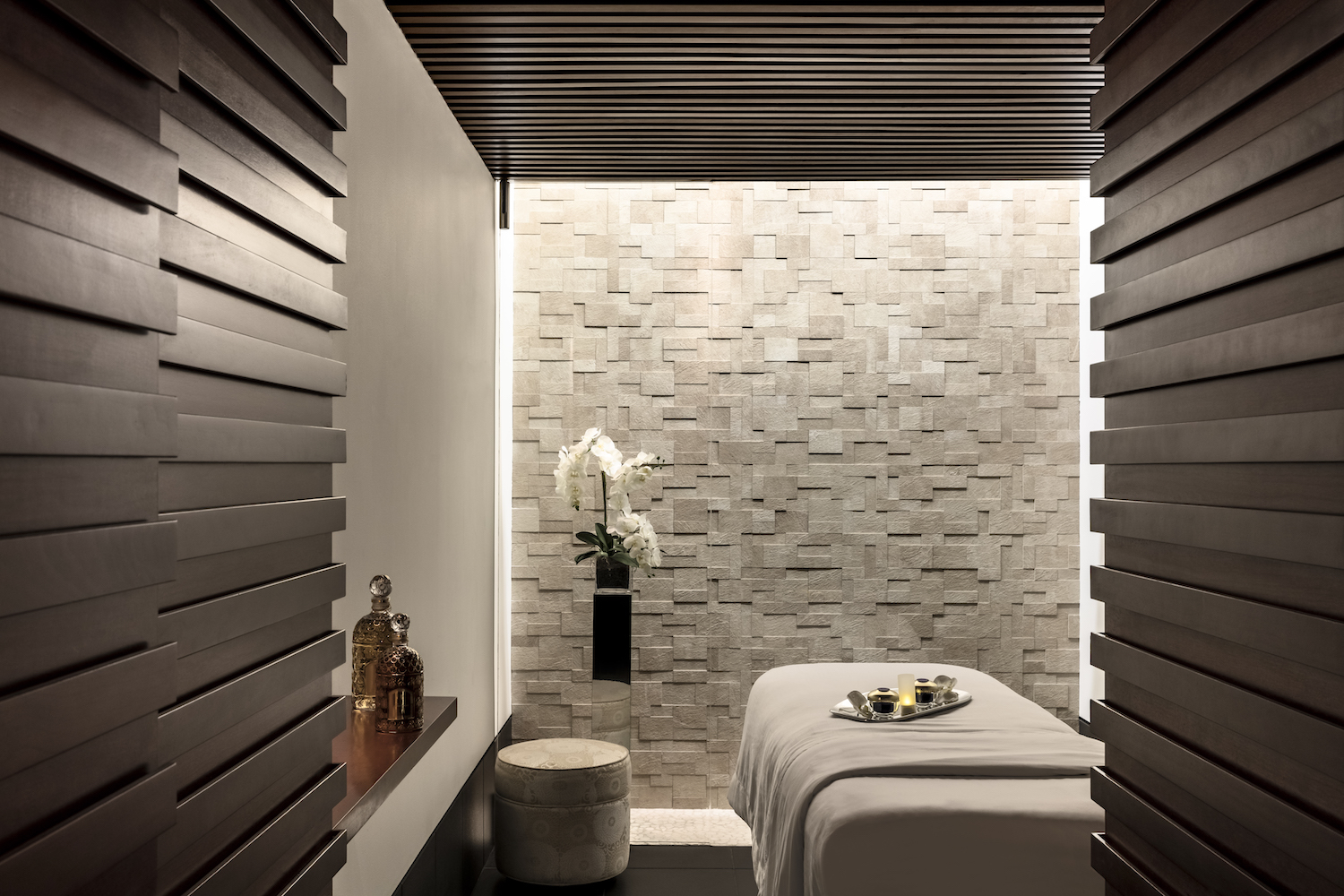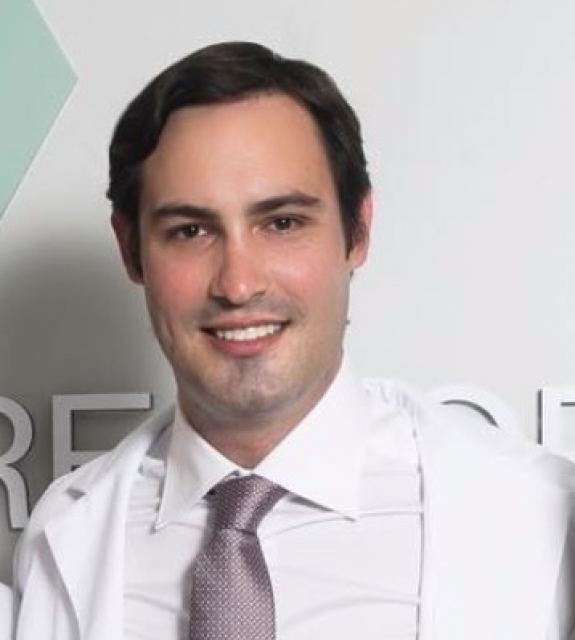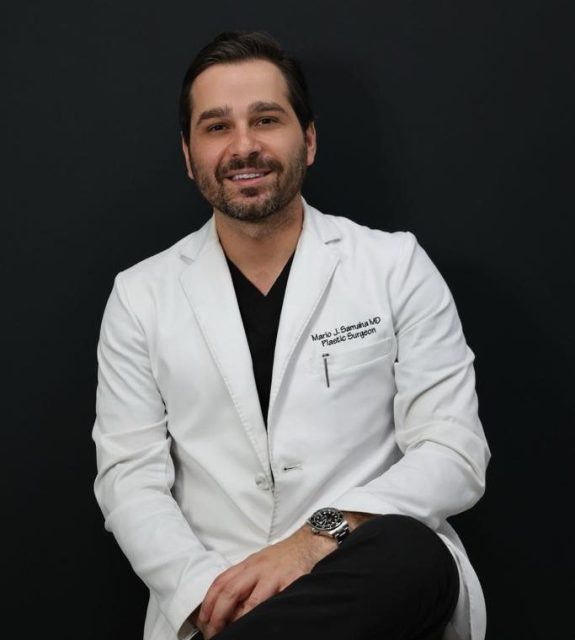Not everyone is born blessed with a perfect smile—but cosmetic dentistry can make it look that way. “From chipped, discolored, and misaligned teeth, cosmetic dentistry has created an avenue where a patient can walk into a dental office, and with little downtime, regain their confidence by perfecting their smile,” says cosmetic dentist Dr. Rhonda Kalasho of GLO Modern Dentistry in Los Angeles. Here, the most popular cosmetic dentistry procedures that can help anyone achieve a stellar smile.
Bonding
“Perhaps the easiest and least expensive cosmetic dentistry treatment, bonding is ideal for chipped or cracked teeth, filling gaps and making minor changes to the shape of the teeth,” explains Dr. Kalasho. “The procedure involves applying a tooth-colored resin that can be multi-shaded and layered to provide a natural-looking result,” she says. However, she states, “This a conservative treatment that could last for several years, but is not generally used in full makeover cases. Instead, it enhances and fixes minor issues that a patient may have, all the while allowing them to achieve their perfect smile.”
Crowns
Dr. Kalasho explains, “Crowns are a prosthetic enamel that covers the entire tooth and restores functionality, durability, strength, size and natural appearance that has been compromised by decay or a crack.” Crowns can be made from a variety of materials, and range from full ceramic to layered restorations that may incorporate metals like gold. Crowns generally last about 15 to 20 years, depending on the material. “Some crowns, such as the ones I produce in my office, are 3D-shaded, and this multifaceted finish mimics the appearance of natural enamel so you cannot tell the difference between a natural tooth and a crown,” Dr. Kalasho explains. Crowns are often used instead of veneers in cases of severely damaged teeth that require protection against further harm, and Dr. Kalasho says it’s important that patients understand that crowns are indicated for patients whose tooth cannot withstand the force of their bite, either because the patient has advanced decay or a large failing restoration. A crown dresses the tooth and gives it form and structure, and must be well-kept with excellent at-home oral care, as well as twice yearly checkups and cleanings with a dental professional.
Veneers
“Art and dentistry have grown hand-in-hand,” Dr. Kalasho says. “Advances in techniques and technology in the dental realm of veneers has allowed for incredible aesthetic workmanship.” A veneer is an ultra-thin, custom-made puzzle piece of ceramic or porcelain that is bonded to the front of a tooth to change its color, size, length or shape. Patients can get just one veneer, or a set of veneers to fit their budget and cosmetic vision. Compared to crowns, veneers require less alteration to the original tooth, however they are similar to crowns in that once they are placed, treated teeth will always require a veneer, which has a lifespan of about 10 years.
Cosmetic contouring
Natural teeth can be reshaped to improve minor imperfections like unevenness or slight overcrowding. “The process is quick, painless and inexpensive—and often combined with bonding, veneers and/or teeth whitening to optimize the appearance of the smile,” Dr. Kalasho explains.
Clear aligners
Many patients who had braces in the past, never wore braces or experience crowding as adults may elect to straighten their teeth. Most patients, especially those past the middle school and high school years, want to know if clear aligners are the right choice for them. Dr. Kalasho says, “In my office, we do hundreds of Invisalign cases, and patients are really happy with the results.” Invisalign is a clear orthodontic option that can be as quick as three months when using Invisalign Express. “Patients like being able to achieve the straight and healthy smile they have been yearning for without the need to alter their teeth,” she says. With Invisalign’s advanced techniques, Dr. Kalasho has treated hundreds of orthodontically compromised teeth without the need of traditional metal braces.
Teeth whitening
In-office teeth whitening involves the application of a high-concentration bleaching agent that is accelerated with some type of light, and Dr. Kalasho says that virtually all patients can benefit from the smile-brightening benefits. In-office whitening is about three to four times stronger than over-the-counter whitening options, therefore she recommends limiting office-based whitening to no more than twice a year to prevent tooth sensitivity. Ideal for teeth with yellow stains and undertones (the treatment will not work for gray stains caused by tetracycline or trauma), teeth-whitening results are visible immediately and it can be repeated as needed.
The smile makeover
“In some cases, it’s necessary to combine multiple procedures to give patients a dramatic, fully customized smile makeover,” says Dr. Kalasho. A full mouth rehabilitation case is extremely technique-sensitive and carefully planned, as it generally involves all the procedures previously explained. It truly enhances the youthfulness of the face. A full mouth rehabilitation involves many study models, and working closely with the ceramic labs. The end goal is to restore facial volume and youthfulness to a patient’s smile while maintaining the functionality of a person’s occlusion, or bite.


























